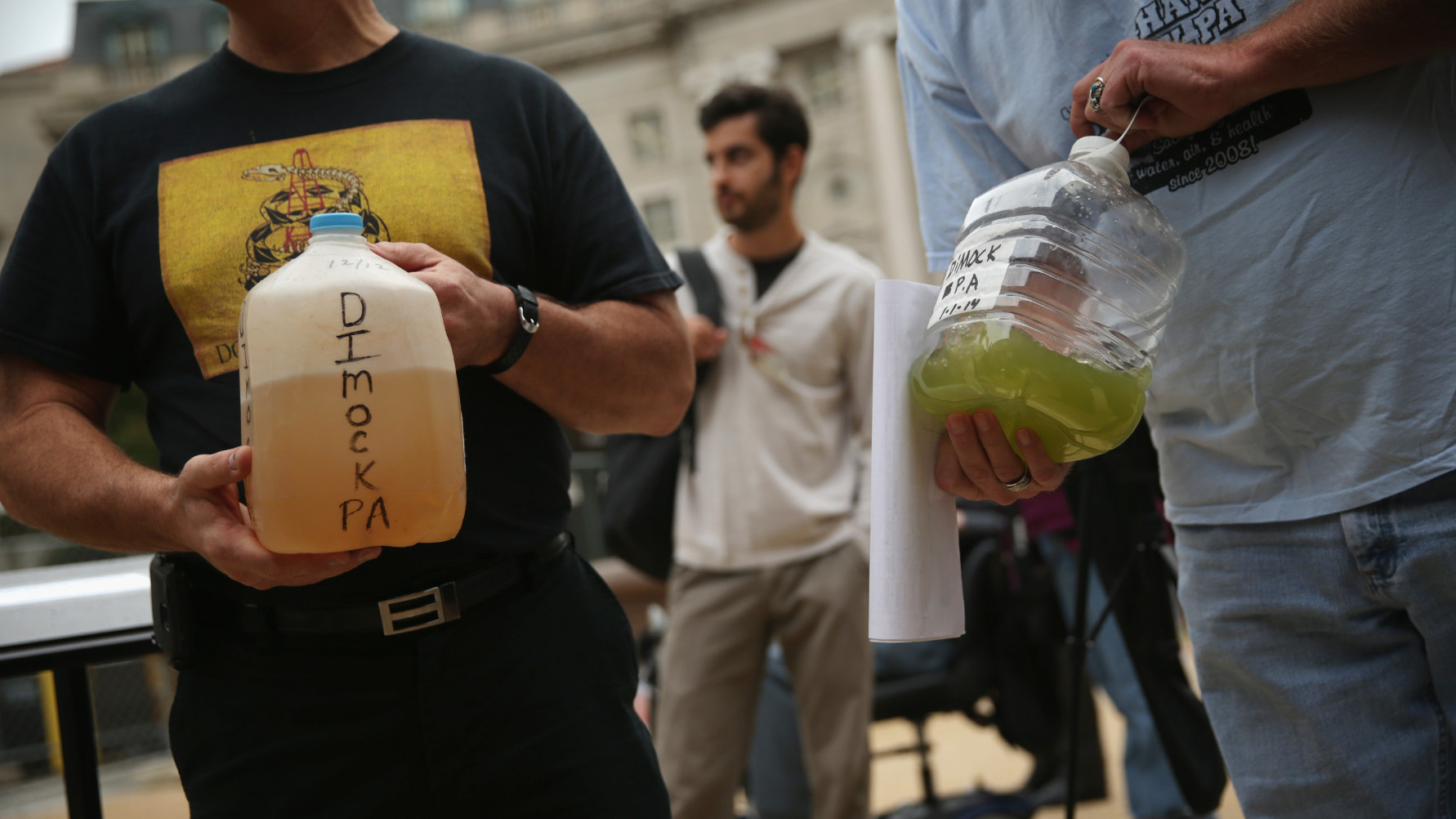Who better to ask about governmental strategies for addressing climate change than the administrator of the EPA? In this video, Gina McCarthy explains how, when it comes to issues such as climate change, government agencies like the EPA are charged with setting a stage for solutions rather than taking action themselves. “The market delivers the solution,” she explains. The EPA therefore focuses its attention on massaging the market with standards and sanctions that are informed by science in order to promote better, more verdant business practices on a long-term scale.
Gina McCarthy: Well I think we all have to recognize the strengths and limitations of government action. I think if truth be told my inclination is to recognize that at least in the U.S. most really good things start at the local level and work their way up to the state level and the federal government because the federal government moves more slowly than local level and you’re farther away from people and their real needs. And so I think one of the things that government needs to do is listen well. But here’s what I think we can do at the federal level more effectively. We can speak to the science because it’s complicated and we do a lot of research and we do a lot of translation of the science into what it means for people so that the decisions can be made on the basis of real science and on the basis of a real technical understanding. And we can evaluate those impacts and put choices out. Now what you really want to do at the national level is send long-term signals. And those signals go to people in markets because the best thing EPA and other regulatory agencies need to do is set standards based on what we think the science tells us, the law tells us, and what’s achievable. But those need to be long-term signals because we don’t deliver the solutions. We really don’t.
The market delivers the solution. That’s why on things like climate change we’re looking at regulating the power sector to reduce carbon pollution. I am setting standards out to 2030 because the solutions are here. What you need to do is give them the time to take hold in the marketplace. And then what happens is the solutions of today start taking off, but what’s most important is the solutions of tomorrow start getting driven into the market. They take time. It’s like being in a race and the federal government, you know, says what direction to run and they shoot the starting gun, but the ones in the race become the businesses, the entrepreneurs, the people who are driving new technologies. That’s how it has worked in EPA’s career for 44 years at EPA is we’ve listened to the science and the law and we have let solutions take off in the marketplace, which is where the cheapest, most effective always win. That’s why EPA can move environmental standards forward so effectively and grow jobs at the same time. And it’s extremely important that I think everybody think about how they position themselves at least in this democracy to be able to turn it into economic viability and economic opportunities. And nothing lends itself right now more readily than the challenge of climate change.





